Lisbon, the vibrant and picturesque capital of Portugal, stands out as a premier destination for those seeking to immerse themselves in the rich tapestry of European art and culture, offering an enchanting blend of historical landmarks, world-class museums, and a thriving contemporary art scene that captivates visitors from around the globe. So, it’s not surprising that Lisbon has dozens of galleries and exhibits worth seeing. From local culture to fine art, there’s a museum in Lisbon that’s perfect for your travel itinerary. To help you start planning, here’s a list of the best.
The Best Museums in Lisbon
1. Atelier-Museu Júlio Pomar (Atelier-Museum Júlio Pomar)
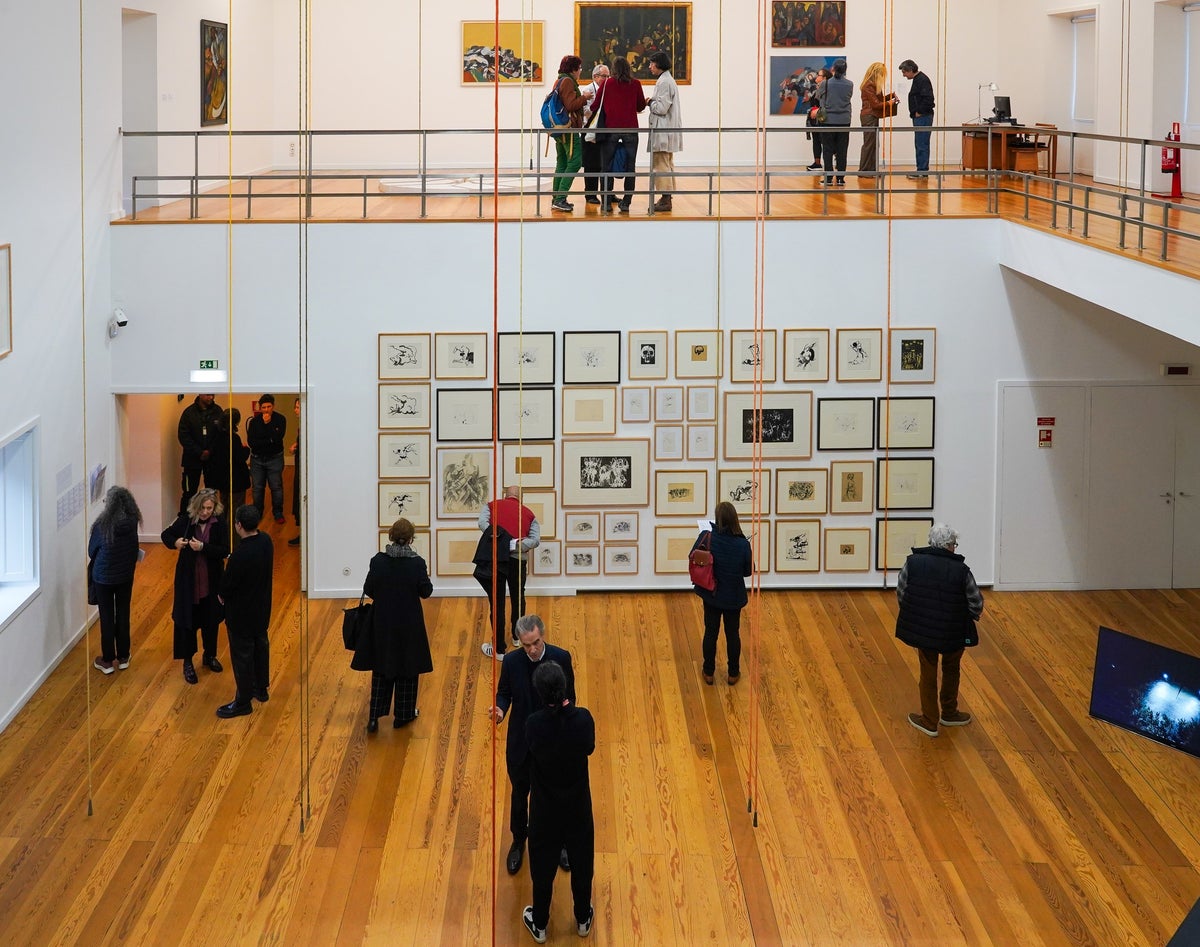
The Atelier-Museu Júlio Pomar in Lisbon is, in part, an art studio and, in part, a museum dedicated mainly to the work of Júlio Pomar, the modernist painter.
The museum displays paintings, sculptures, and other art mediums between the permanent and temporary collections. It has hundreds of pieces in its possession, including “Saumon, Brun, Gris,” “Don Quixote and the Sheep,” and “Soiree at Rost’s House.”
Though the facility focuses primarily on Pomar’s body of work, other collections are hosted in temporary exhibitions that display Pomar’s pieces on loan from other museums and other artists inspired by his work.
This space also presents several educational activities throughout the year. These include tours in Portuguese and English for those who want a more in-depth experience to learn about Pomar’s life and work. Lectures and workshops are also occasionally held for people of all ages.
Admission is €2 (~$2), with free or discounted admission available for children and Lisbon residents. The museum is open Tuesday through Sunday from 10 a.m. to 1 p.m. and from 2 to 6 p.m. The nearest tram stop is Cç. Combro.
- Address: R. Vale 7, 1200-474 Lisboa
2. Lisboa Story Centre
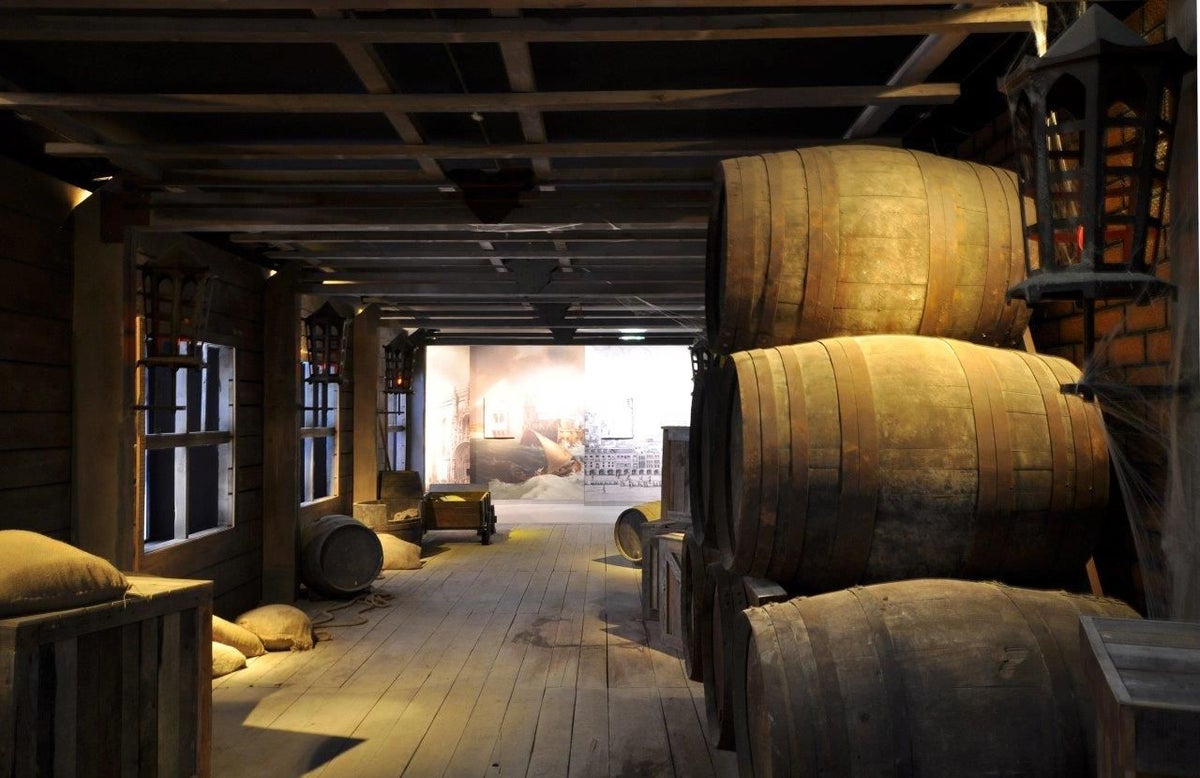
The Lisboa Story Centre has been deemed one of the most innovative museums in the city. The museum divides its space into 6 exhibit areas to help showcase Lisbon’s history. The museum uses mixed media to help bring history to life, from videos and models to interactive exhibits.
The museum is designed for a roughly 60-minute visit, and guests are free to explore for as long as they’d like. The visit includes an audiovisual guide available in multiple languages for various audiences to enjoy. On-site staff are also available to answer questions if you want to learn more about Lisbon’s history.
It also hosts a series of educational events and activities throughout the year, like lectures, learning programs, and workshops. The organizers often hold these events in Portuguese but frequently offer English options upon request.
Admission is free for children under 6, €3 (~$3) for children 6 to 15, €5 (~$5) for seniors, and €7 (~$7) for adults. The museum is open daily from 10 a.m. to 7 p.m. The nearest tram stop is Praça Comércio.
- Address: Praça do Comércio 78, 1100-148 Lisboa
3. Museu Calouste Gulbenkian (Calouste Gulbenkian Museum)
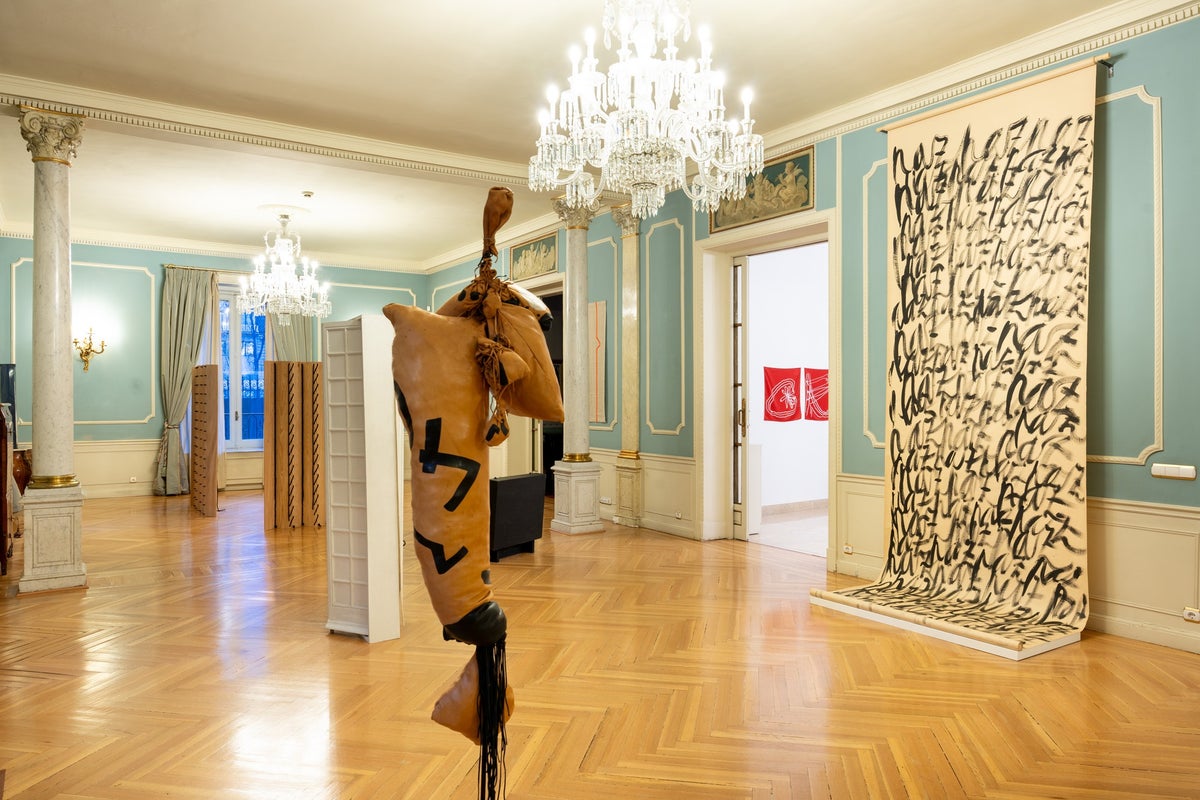
Lisbon’s Calouste Gulbenkian Museum is considered one of the world’s most significant private art collections. The space includes over 6,000 pieces from around the world, showcasing thousands of years of art history and evolution. In particular, the museum’s collection of Ancient Egyptian, Islamic, Chinese, and Japanese pieces is world-renowned.
The facility represents virtually all art mediums, from sculpture to decorative arts. Some of the highlights in the museum are “Bacchus” by Michael Rysbrack, a set of Late Period Egyptian funerary statuettes, and “Regatta on the Grand Canal” by Francesco Guardi.
In addition to the permanent galleries, the museum frequently hosts a series of temporary exhibitions throughout the year, honoring specific art periods, mediums, and artists. Conferences and lectures with artists, critics, and art historians are also given on-site. These events are mainly in Portuguese but are occasionally held in English for international visitors to enjoy.
Admission is free for children under 13. Tickets are €10 (~$10), with a discount of 25% available for visitors under 30 and 10% for seniors 65+. The museum is open Wednesday to Monday from 10 a.m. to 6 p.m. The nearest metro stops are Praça de Espanha and São Sebastião.
- Address: Av. de Berna 45A, 1067-001 Lisboa
Museu de Arte Contemporânea (Museum of Contemporary Art)
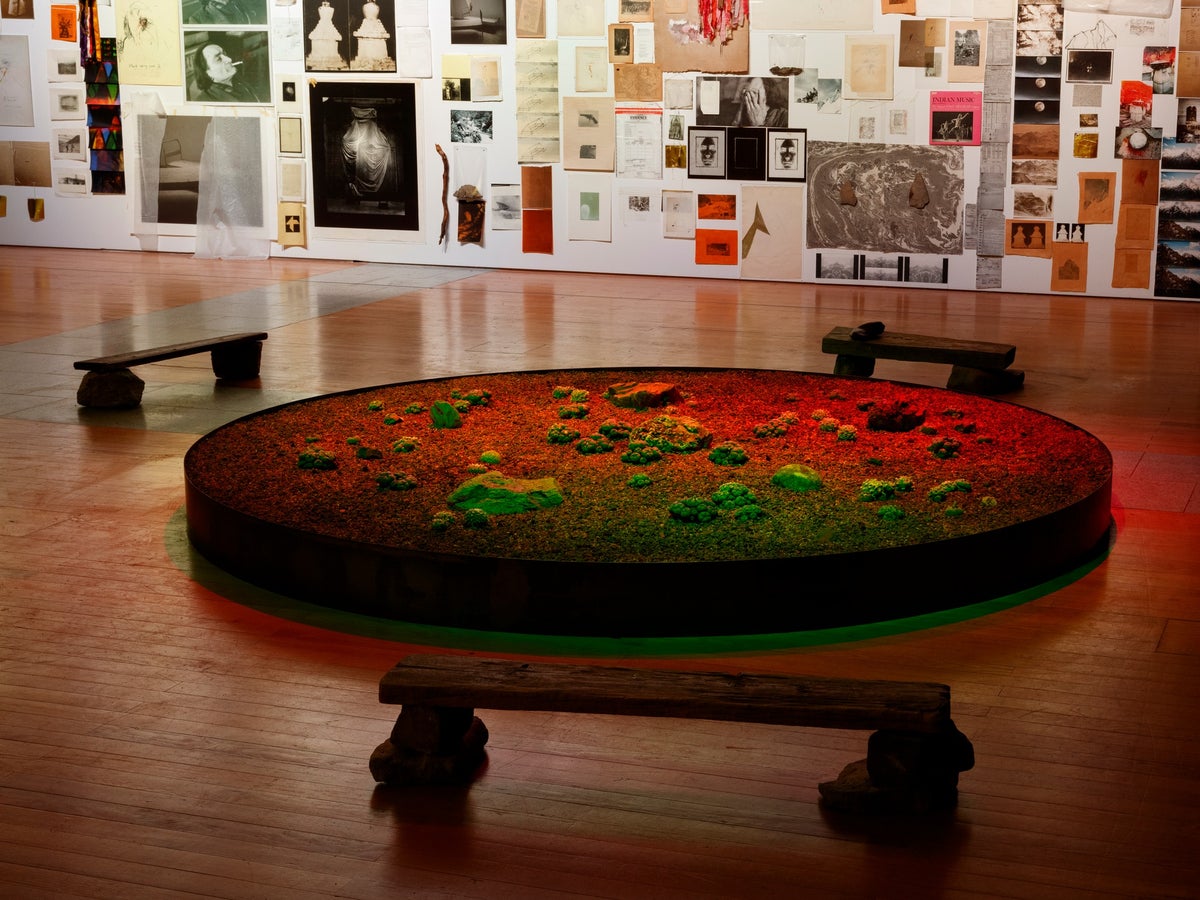
Located in Lisbon’s Centro Cultural de Belém, the Museum of Contemporary Art, also called the MAC/CCB, houses some of the city’s most precious pieces from the last century. The museum’s collection is divided into 4 separate wings:
- Its State Contemporary Art Collection displays pieces the Portuguese government has deemed exceptional works of art.
- The Teixeira de Freitas Collection showcases the private collection curated by the Brazilian-Portuguese art collector.
- MAC’s Holma/Eclipse Collection represents the work of art patron João Oliveira Rendeiro to represent artistic luminaries from around Europe.
- The Berardo Collection showcases works of art from over 500 different artists and is one of the space’s most recent bulk acquisitions.
This museum represents a variety of art mediums and movements, from expressionism to architecture. Some of the pieces on display are “Meru I” by William Tucker, “The Way South” by Carl Andre, and “Space Window” by Mark Tobey. While meant to be a self-guided exhibit, tours are available upon request.
Admission is free for kids under 7, €6 for seniors 65+, children 7-18, and students, €7 for Portugal residents, and €12 for the general public. The museum is open Tuesday to Sunday from 10 a.m. to 7 p.m. The nearest bus stop is Centro Cultural de Belém.
- Address: Praça do Império, 1449-003 Lisboa, Portugal
5. Museu de Arte Popular (Popular Art Museum)
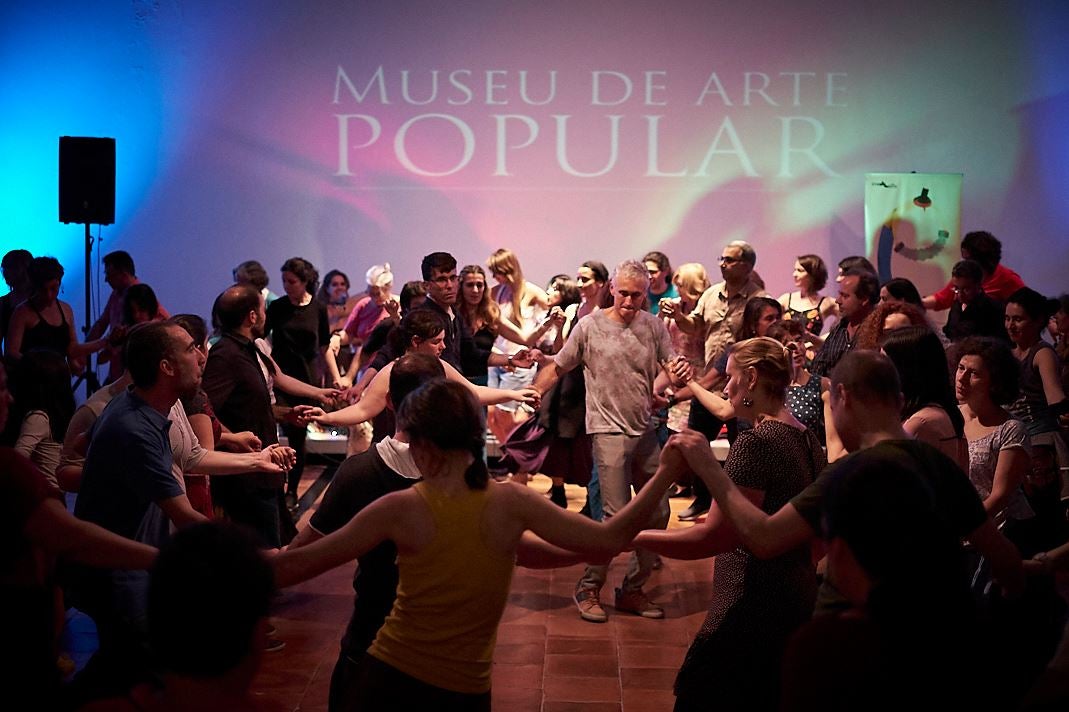
First opened in 1948, the Popular Art Museum in Lisbon showcases art in various mediums, from costume to photography. The permanent collection houses hundreds of pieces to represent the evolution of Portugal’s pop culture through the lens of the art world. In fact, it’s considered to have one of the country’s best collections of heritage art pieces.
Serving as an educational space, the museum hosts a series of workshops and conferences throughout the year to educate the public about the country’s art history. These events occasionally delve into the work of specific artists and art movements.
Since the museum is still relatively small, most information, including the facility’s special events, is available only in Portuguese, so keep that in mind before you visit. This space also regularly rotates its temporary exhibits, which tend to focus on specific time periods and types of cultural art, like basket weaving.
Admission is free for children under 12, €2.50 (~$3) for seniors and students, and €5 (~$5) for everyone else. The museum is open Wednesday through Friday from 10 a.m. to 6 p.m. and Saturday and Sunday from 10 a.m. to 1 p.m. and from 2 to 6 p.m. The nearest tram stop is Centro Cultural Belém.
- Address: Av. Brasília 202, 1400-038 Lisboa
6. Museu de Arte, Arquitetura e Tecnologia (Museum of Art, Architecture and Technology)
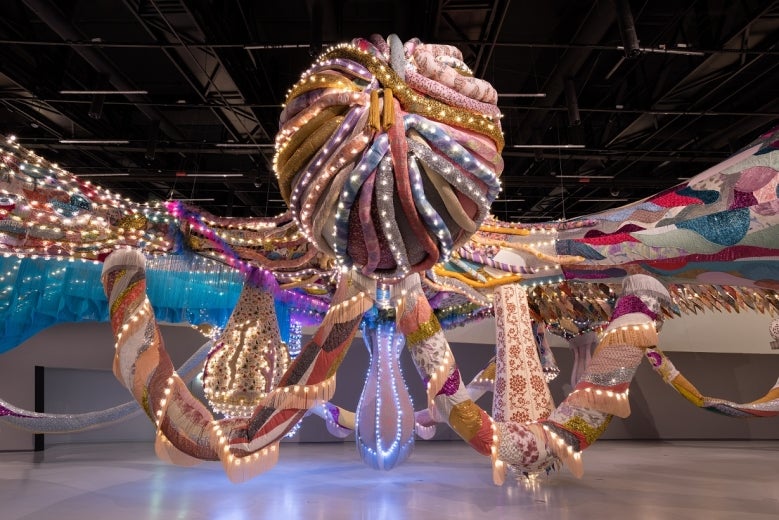
The Museum of Art, Architecture, and Technology (MAAT) is a multi-disciplinary museum that aims to draw a line between art, architecture, and technology.
Rather than focusing on a singular permanent exhibit, the museum space aims to shine a spotlight on the work of artists, engineers, and architects of the modern world. Since the museum only displays rotating exhibitions, guests can visit multiple times and have vastly different experiences.
In addition to the walk-through exhibits, the MAAT regularly hosts major national and international cultural events. Lectures, conferences, workshops, and even important cultural parties are often held on the premises.
Since the museum welcomes artists and visitors from around the world, these events usually include information in various languages. Most activities are family-friendly, but call ahead if you plan to visit with young children. Some popular past events have been “Yoga with Art” and “The Electricity Factory” guided tours.
Admission is €8 (~$8) for children under 18, students, seniors 65+, and the unemployed, and €11 (~$12) for everyone else. The museum is open Wednesday to Monday from 10 a.m. to 7 p.m. The nearest tram stop is Altinho.
- Address: Av. Brasília, 1300-598 Lisboa
7. Museu do Fado (Fado Museum)
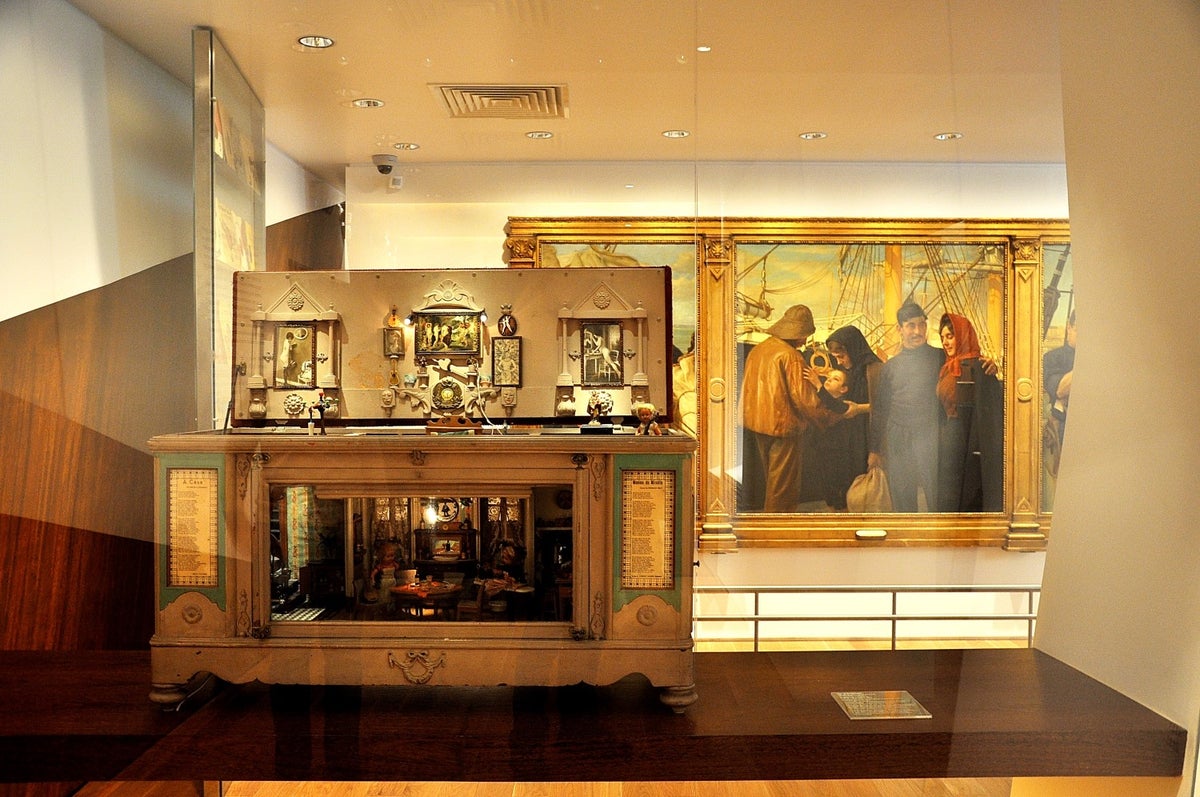
Portugal’s Fado music genre is an integral part of Portuguese culture. This historic music style is celebrated throughout Lisbon, especially at the Fado Museum. The facility’s collection showcases some of the history of this genre. It also honors artists past and present, like José Malhoa and Júlio Pomar, who used Fado as a subject in their pieces.
This museum has exhibits showcasing paintings, sheet music, and publications representing Fado and its evolution. In addition to the permanent displays, the museum hosts rotating temporary exhibitions dedicated to specific musical artists. Some of the collection’s highlights are “A Voz de Portugal, 1 de Novembro, “5 Fados. Reinaldo Varela,” and “Teatro de Variedades.”
A guitar-building workshop is also hosted on the premises, along with other events, like concerts and lectures, for people of all ages to enjoy. However, remember that many discussion-based events are held exclusively in Portuguese.
Admission is free for visitors under 13, €2.5 (~$3) for visitors 13 to 25, €4.30 (~$4) for seniors 65+ and visitors with disabilities, and €5 (~$5) for everyone else. The museum is open Tuesday through Sunday from 10 a.m. to 6 p.m. The nearest bus stop is Chafariz Dentro.
- Address: Alfama, Largo do Chafariz de Dentro 1, 1100-139 Lisboa
8. Museu do Oriente (Museum of the Orient)
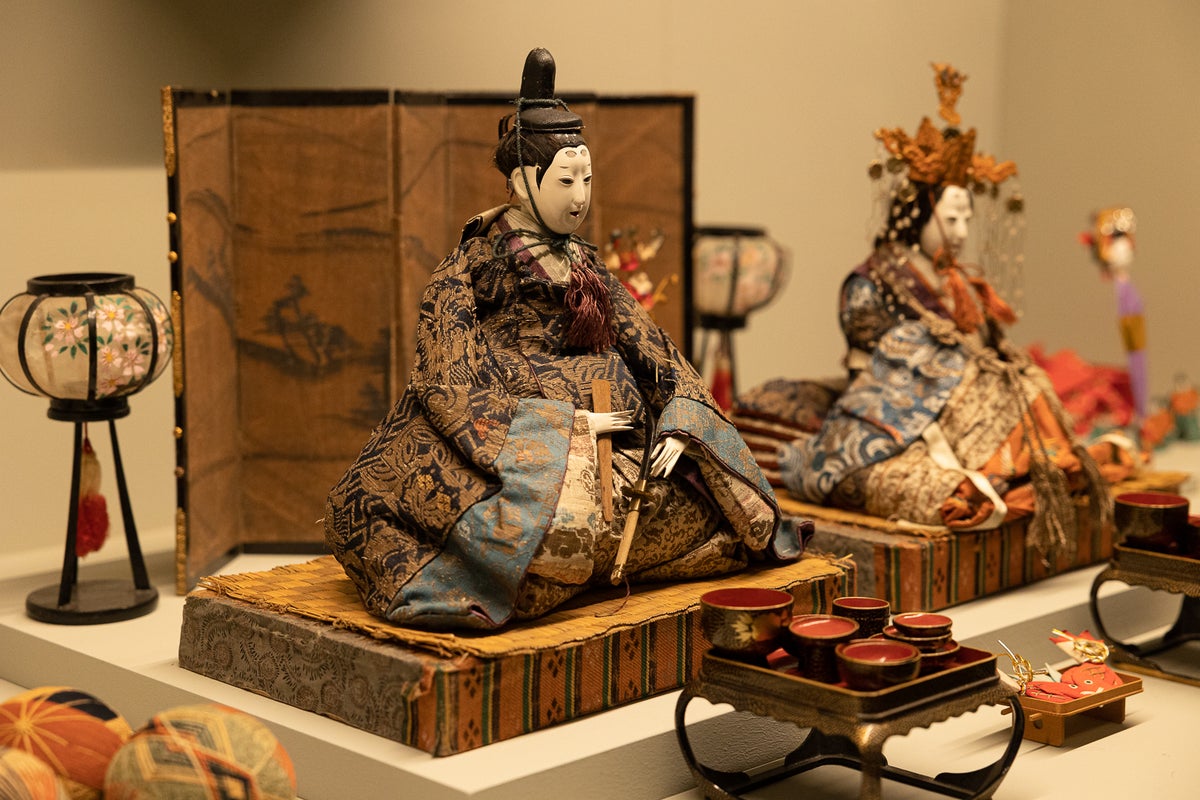
First opened in 2008, the Museum of the Orient showcases a notable collection of Asian art from around the continent. Currently, there are 6 permanent exhibits showing work from India, China, Japan, and Indonesia. Some of the highlights from the permanent collection are the “India in Watercolor” 16-piece gallery and 15 hand-carved ivory pieces from Goa in India.
The museum dedicates an entire wing to Portugal’s history of colonization. This exhibit shows the country’s past as a trade power and includes historical artifacts like maps and charts. The museum has an on-site restaurant, meaning you can feel free to spend hours exploring the galleries. This museum also hosts temporary exhibitions focusing on specific Asian cultures, time periods, or artists.
Other educational events, like lectures and conferences, are regularly hosted at the museum for virtually all ages. These scheduled events are usually held in multiple languages, so people from all over the world can enjoy them.
Admission is free for children under 6, €2.50 (~$3) for kids 6 to 12, €2.50 (~$3) for students, €4 (~$4) for seniors 65+, and €8 (~$8) for adults. The museum is open Tuesday to Thursday, Saturday and Sunday from 10 a.m. to 6 p.m., and Friday from 10 a.m. to 8 p.m. The nearest tram stop is Av. Infante Santo.
- Address: Doca de Alcantara Norte, Av. Brasília, 1350-352 Lisboa
9. Museu do Tesouro Real (Royal Treasury Museum)
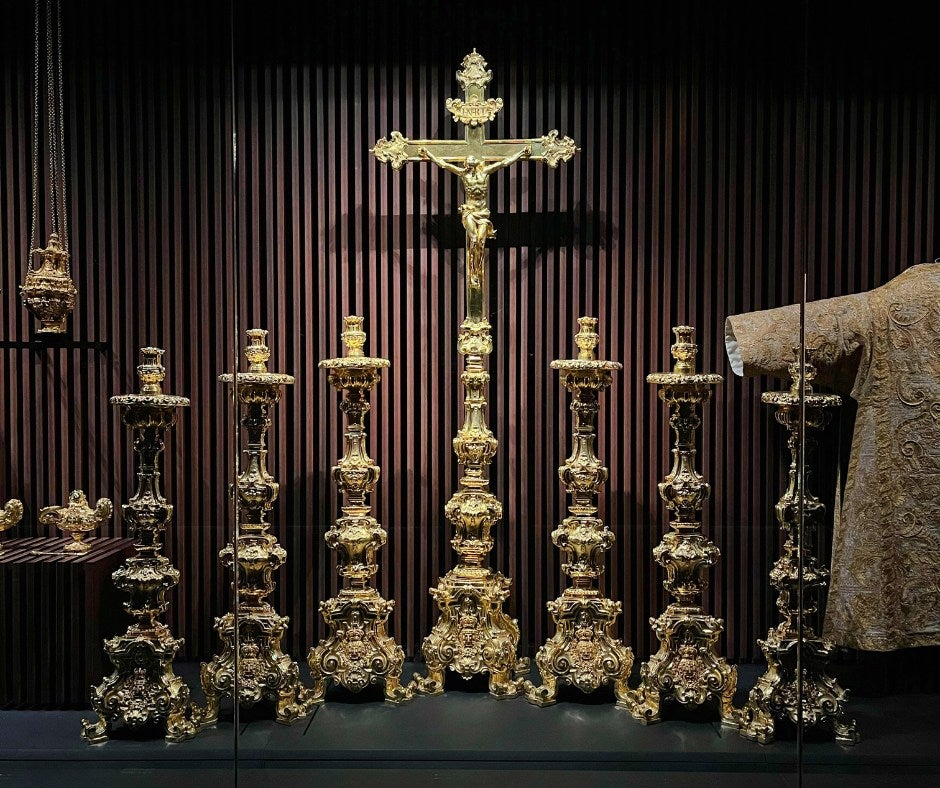
The Museu do Tesouro Real houses the country’s royal treasures in the national palace. This collection includes several priceless, culturally significant pieces, including jewelry, gold, art, and historical artifacts acquired over the course of centuries.
Many of these items have even come from around the world. For example, an entire wing of the collection is dedicated to gold and diamonds mined in Brazil hundreds of years ago. The museum’s highlights include a copper breastplate from Germany, the “Royal Crown Case” made in Rio de Janeiro, and numerous ornate military badges.
Though the museum is open daily, special tours and events are held occasionally to provide a more in-depth learning and visitation experience. However, these tours are often offered only in Portuguese, so call ahead to inquire if any other languages will be available for your visit.
Admission is free for children under 7, €7 (~$7) for visitors 7 to 24 and seniors 65+, and €10 (~$11) for adults. The museum is open daily from 10 a.m. to 5 p.m. The nearest tram stop is Palácio Nacional Ajuda.
- Address: Calçada da Ajuda, 1300-012 Lisboa
10. Museu Medeiros e Almeida (Medeiros and Almeida Museum)
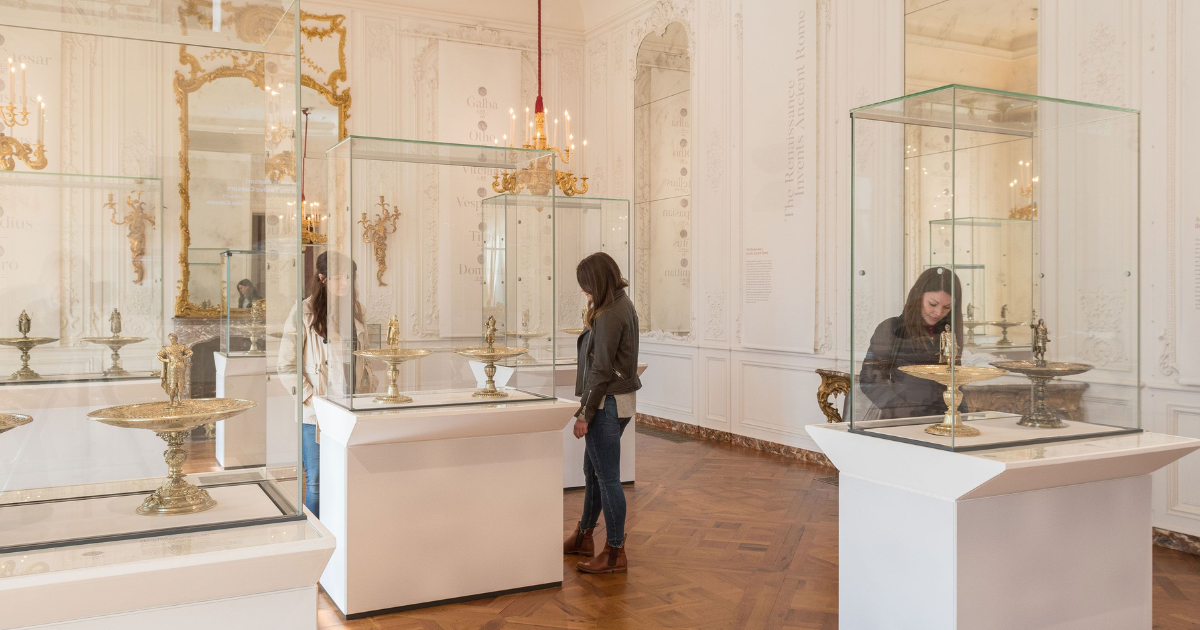
The Medeiros and Almeida Museum is a home museum that also happens to have one of the country’s most impressive decorative art collections. This structure was once home to António Medeiros e Almeida, who sponsored its transformation into a museum. Initially, this museum showcased a personal collection, but it’s further expanded over time.
It’s a museum with 27 rooms transformed into exhibit spaces, with pieces spanning over 2,000 years of art history. A new wing was even added in 1970 to make room for more artwork.
Some of the museum’s most notable pieces are a set of burial vessels from the Chinese Han and Tang dynasties, a 1700 grandfather month clock by the famed clockmaker Thomas Tompion, and the “Queen Caterina of Bragança” painting by John Riley. It’s also available as a venue space for private parties and tours. Just make sure to call early to make arrangements.
Admission is free for children under 18, €4 (~$4) for students and seniors 65+, and €6 (~$6) for everyone else. The museum is open Monday through Saturday from 10 a.m. to 5 p.m. The nearest bus stop is Mq. Pombal – R. Alexandre Herculano.
- Address: R. Rosa Araújo 41, 1250-165 Lisboa
“The Medeiros e Almeida Museum is a hidden treasure of decorative arts in Lisbon. From the elegance of antique furniture to the delicate beauty of Chinese porcelain and the precision of timepieces, there’s something for everyone to appreciate. Whether you’re an art enthusiast, a history buff, or simply someone with a curious mind, this private collection promises to capture your heart and ignite your imagination with its eclectic treasures.”
Maria Mayer, director, Medeiros and Almeida Museum
11. Museu Nacional de Arte Antiga (National Museum of Ancient Art)
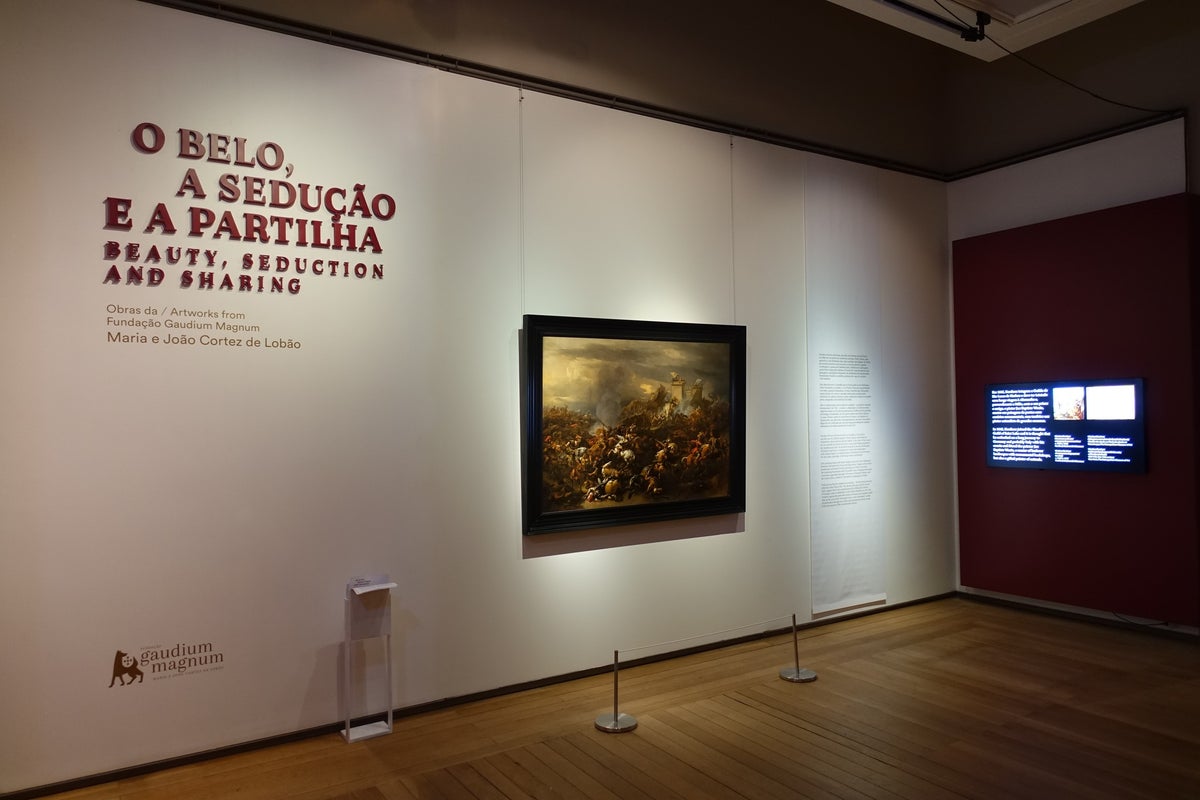
Lisbon’s National Museum of Ancient Art (MNAA) was first intended to showcase the collection of ancient artistic artifacts owned by the royal family and the National Academy of Fine Arts. This museum houses over 40,000 items, from gold jewelry and ceramics to furniture pieces and sculptures.
It mainly comprises items from the Middle Ages through the 16th century. However, there are a few items that are even older than that. These pieces come from around the world, though a particular emphasis is put on those originating in Portugal and the rest of Europe.
Some of the museum’s highlights are “Saint Vincent Pauls” by Nuno Gonçalves, the “Cross of Dom Sancho I,” and “Salome with the Head of St. John the Baptist” by Lucas Cranach the Elder. The museum also hosts temporary art galleries, educational events, and workshops for visitors throughout the year.
Admission is free for children under 13, members, and the unemployed, €5 (~$5) for seniors 65+ and those aged between 13 and 24, and €10 (~$11) for everyone else. The museum is open Tuesday through Sunday from 10 a.m. to 6 p.m. The nearest bus stop is R. Janelas Verdes.
- Address: R. das Janelas Verdes, 1249-017 Lisboa
12. Museu Nacional do Azulejo (National Tile Museum)
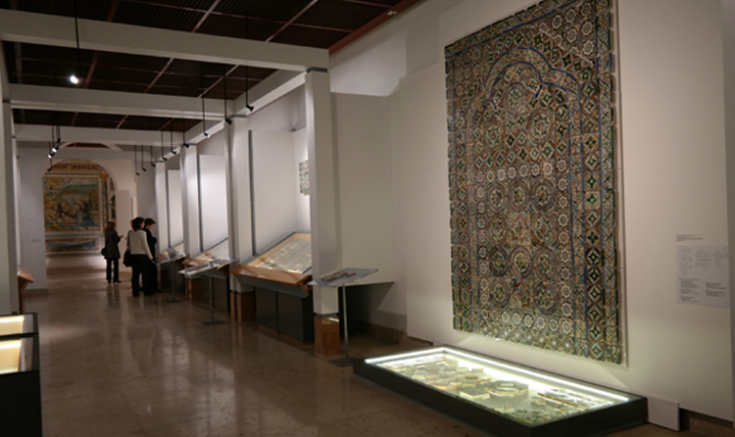
Often considered one of Lisbon’s top museums, the National Tile Museum dedicates its purpose to Portugal’s famous tile industry.
Since its opening in 1965, the museum has showcased intricate tiles from the 15th century to the present. The exhibits are displayed chronologically to show how the industry has changed. In addition to the examples of tile work on display, the exhibit also houses machinery and artistry items used in the design and production process.
This museum is housed in a monastery, which adds an extra layer of art. It showcases intricately designed frescoes and Baroque art from the 1700s. However, the museum has changed locations multiple times as it has grown.
Some of the collection’s highlights include “The Hunting Room” mosaic from 1680, the “Great View of Lisbon” from 1700, and the “Eucharistic Allegory” from 1660. The museum also regularly hosts temporary exhibits showcasing tile panels from specific periods.
Admission is free for children under 12 and €8 (~$8) for adults. The museum is open Tuesday through Sunday from 10 a.m. to 6 p.m. (closed for lunch between 1 p.m. and 2 p.m.). The nearest bus stop is Igreja Madre Deus.
- Address: R. Me. Deus 4, 1900-312 Lisboa
13. Museu Nacional do Traje (National Museum of Costume)
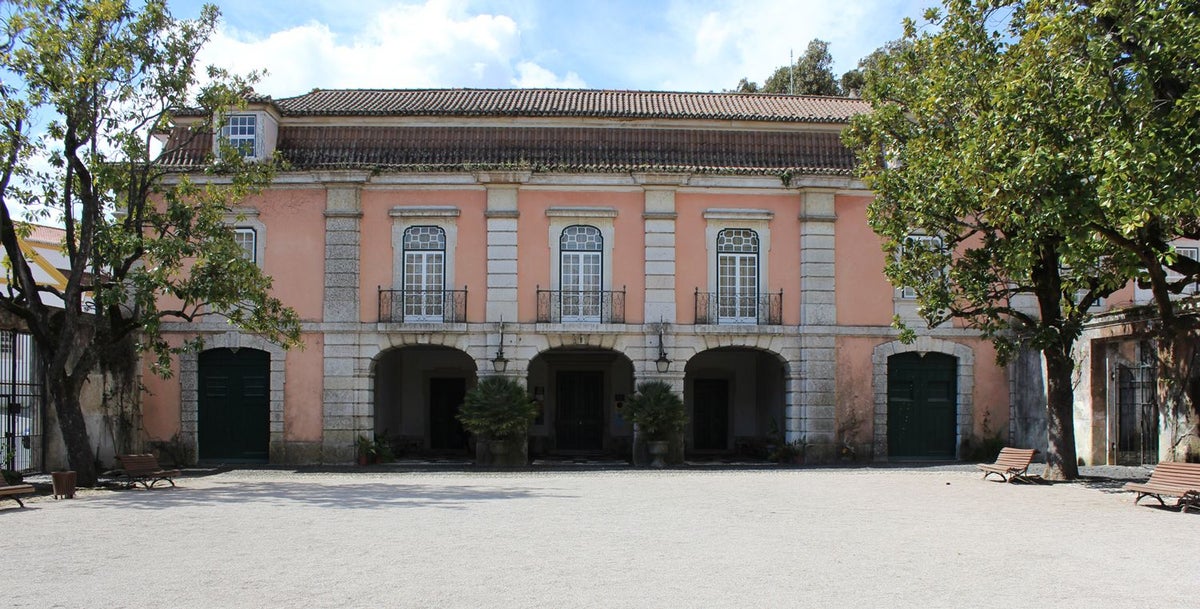
Since opening in the 1970s, Portugal’s National Museum of Costume preserves the style and fashion of the 18th and 19th centuries. With over 30,000 pieces, from accessories to clothing items, the museum is one of the country’s most comprehensive of its kind. Many of these pieces are held in the facility’s archives, though.
In addition to the permanent galleries on display, the museum hosts several temporary exhibitions throughout the year that delve into particular textiles and fashion periods.
This museum also presents a series of conferences and lectures throughout the year for fashion students and those passionate about the history of textiles. These lectures are occasionally offered in English and Portuguese, so feel free to enquire before your visit. As a museum, the space has an active social media presence, where you can see some of the facility’s most beloved items, including archived or restored items.
Admission is free for children under 12, €2.50 (~$3) for seniors 65+ and youths 13 to 24, and €5 (~$5) for everyone else. The museum is open Tuesday through Sunday from 10 a.m. to 1 p.m. and from 2 p.m. to 6 p.m. The nearest bus stop is Lumiar – Avenida Padre Cruz.
- Address: Largo Júlio Castilho, 1600-483 Lisboa
14. Museu Nacional dos Coches (National Coach Museum)
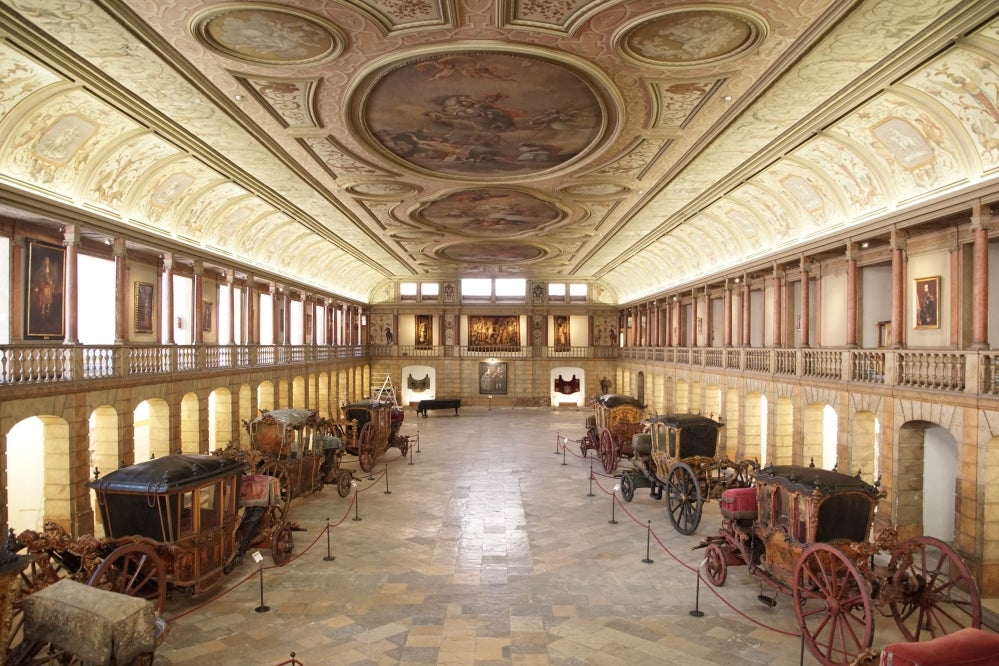
First opened in 1905, the National Coach Museum showcases how transportation in Lisbon has changed over the course of the centuries. It displays nearly 50 different coaches and carriages from the 17th, 18th, and 19th centuries. This collection is notably one of the most comprehensive in the world.
Recently, the museum moved to a more prominent, modern location, meaning the museum has room to grow. In addition to the carriages, the museum houses a sizable collection of other equestrian and coach-related pieces, like saddle cloths, uniforms, harnesses, and even drum kits.
Temporary exhibitions are also occasionally rotated through the facility. Its most recent exhibition displayed paintings of Portugal’s kings and queens over several centuries. The space is also available for private tours, visits, and events. Just make sure to contact the staff ahead of time to make booking arrangements for the indoor or outdoor areas.
Admission is €8 (~$8). The museum is open Tuesday to Sunday from 10 a.m. to 6 p.m. The nearest train station is Belém.
- Address: Av. da Índia 136, 1300-300 Lisboa
15. Pavilhão do Conhecimento – Ciência Viva (Pavilion of Knowledge)
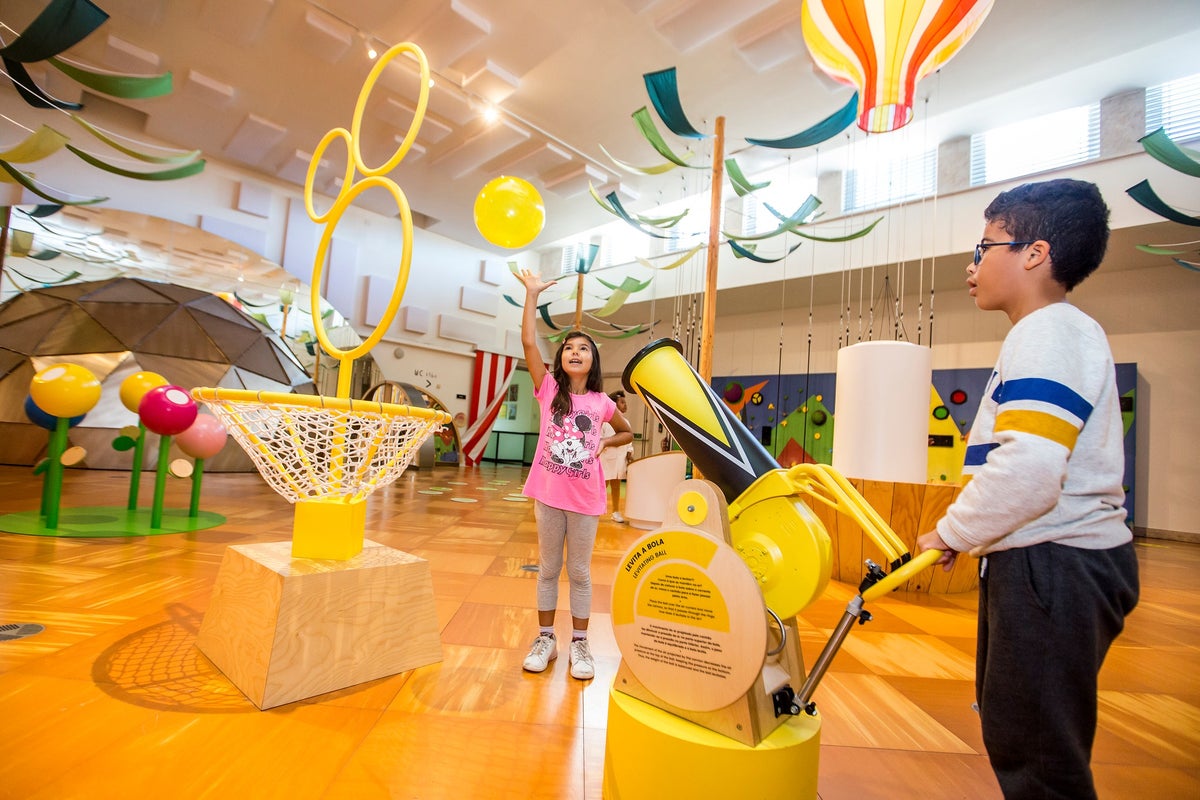
Pavilhão do Conhecimento – Ciência Viva is a science center aimed at helping get young children interested in the field.
The museum houses multiple interactive exhibits meant to bring science to life. Some of the favorite displays among visitors show how light affects perceptions through lenses and prisms, and the “Flying Bike,” which uses counterweights to let visitors bike on a highwire safely.
Each of the dozens of exhibits and hands-on experiments on the premises is designed for visitors of all ages. Even young children can have fun here, though they might be too young for some on-site experiences.
Most of the information in the museum is in 3 languages: Portuguese, Spanish, and English, so people from around the world can get the most out of the facility’s education. Space can also be rented for private parties, events, and family activities.
Admission is free for children under 3, €8 (~$8) for kids 3 to 11, €9 (~$10) for kids 12 to 17, €10 (~$11) for seniors 65+, and €14 (~$15) for adults. The museum is open Tuesday to Friday from 10 a.m. to 6 p.m. and Saturday and Sunday from 10 a.m. to 7 p.m. From June to August, the museum is also open Mondays from 10 a.m. to 6 p.m. The nearest bus stop is Oceanário Lisboa.
- Address: Largo José Mariano Gago nº1, 1990-073 Lisboa
How To Get Free or Reduced Admission to Lisbon Museums
We’ve indicated with each museum whether or not children, students, or seniors receive free or reduced admission. There is one other option worth considering.
The Lisboa Card offers access to 38 of the city’s most popular attractions and discounts to numerous others. It can be purchased up to a year in advance. Passes start at €22 and act as a ticket for the Rua Augusta Arch, the Santa Justa Elevator, the National Pantheon, the National Tile Museum, and more.
Participation is subject to change; please verify participating museums and entry conditions before your visit.
Final Thoughts
As the capital of Portugal, Lisbon is one of the country’s most vibrant places to experience art and culture. From the tiles that make the city famous to architecture and technology, there’s a Lisbon museum to suit virtually any interest. Hopefully, this list can help you determine which of the city’s exhibits you should visit first.
